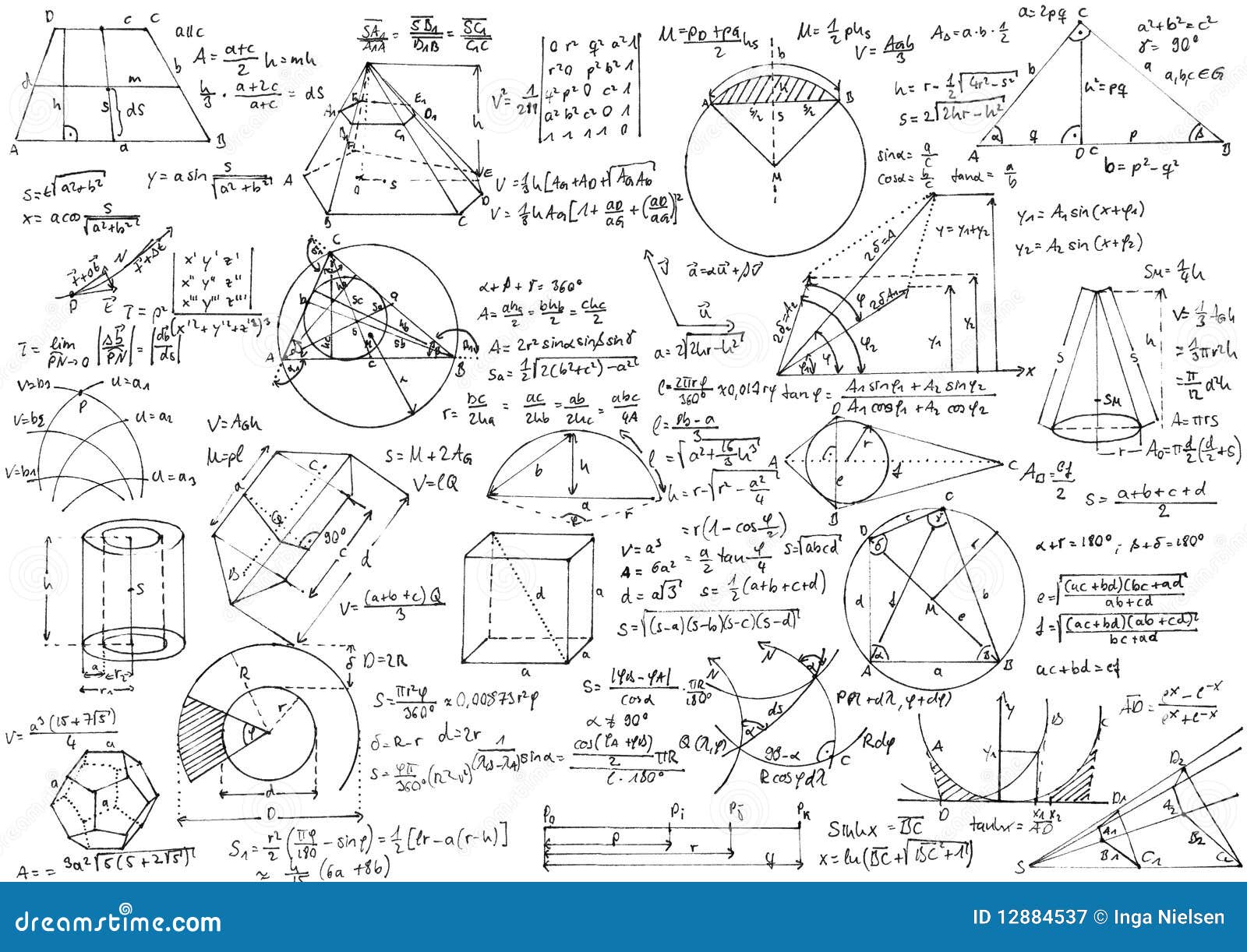this website will help me for a few moments. The first thing this website helps with is the width, height, and depth of the shaft and pocket. this will help me because those are all aspects of math. I will learn about the depth, length, and width through actual sticker and ones offline.
Tag Archives: Math
Post seven module One (how an angle affects calls)
Cite used:
http://http://www.sportsnet.ca/hockey/nhl/how-geometry-created-the-illusion-of-a-flames-goal/
I came upon this video when researching a controversial play. In the video it talked about how the parollex view affected the call of the play. This angle applied for when the puck crosses the goal line and when referee make calls based on their view of the play. This to me is extremely interesting although not to informative it is extremely interesting how math can affect calls so easily.
Module One Post Five
When they sell their clothes, people use money to buy them. Money is about math, and it’s in everyday life. Before they cell it, they need to calculate how much did they use for all the supplies that were used to make that clothes, which is the cost. Then, they can determine how much they are going to sell it and does it worth that much.
Here are some pictures:



Module One Post Four
Fashion designers use art to design clothes. Math and art are related in various ways. Like 3D designs, patterns and more. The designers use them to make those clothes pretty. There are many amazing pieces of famous designs that used math related art.
Examples:



Module One Post Three
Fashion designers use the golden ratio. The golden ratio is approximately equal to 1.618. People often use it in design. Some artists and architects believe the Golden Ratio makes the most pleasing and beautiful shape.
The golden ratio:
In mathematics, two quantities are in the golden ratio if their ratio is the same as the ratio of their sum to the larger of the two quantities.


Module One Post Two
Fashion designers need an understanding of geometry. They would use it when they design clothes, for examples : basic shapes and 3D shapes, angles, parallel lines and transversals… they are all about geometry. Every piece of clothing would have at least one design that’s related to geometry, and geometry is part of Math.
Below are some pictures about fashion designs and geometry.


Module One Post One
For fashion design, the fashion designers would measure sample garments for fitting – the size. Each measurement will get a number, after they finish measuring, they will know the size for the sample. Also, number is the very basic elements for Math. Further, it really connects to everyday life, like the clothes we are wearing right now.
Here are two pictures of what and how would fashion designers measure the samples and how do they tell their sizes:


Module One Post Three (Energy transformation on a roller coaster)
Energy transformation on a roller coaster
This website shows the physics in of work and energy in roller coasters. It is helpful because it helps me understand how a roller coaster works. Roller coasters don’t have any engine in them, and they usually only depend on the first propeller in the track. There is usually a motor or a lifting chain at the the beginning of the track. When the roller coaster gains height, it gains potential energy, which is the amount of energy stored in an object due to position. For example, a heavy ball at the top of hill has potential energy because if it falls, their will be a lot of energy in the fall. When the roller coaster falls down the hill, it will lose potential energy and gain kinetic energy, which is the energy of motion. When the roller coaster goes up a hill, it will lose kinetic energy and gain potential energy. Mathematical equation can be used to calculate how much kinetic energy there are. This process is shown on the diagram below.

Module One Post 2 (M.C Escher: A mathematical artist)
http://www.mathaware.org/mam/03/essay3.html
PART 2
Famous artist M.C. Escher was born June 17, 1898 in Leeuwarden, Netherlands. M.C. Escher created an art style that played with orientation and space. Later embraced by both artistic and math/sciene communities.M.C. Escher died march 27th 1972.
M.C. Escher’s art often was perspective art and he used lots of math related techniques like the golden ratio, and using diagonal lines to create a perspective.
personally M.C. Escher is one of my top 3 favourite 20th century artists the other two being Salvador Dali and Keith Haring
(“relativity’ by M.C Escher 1953)
Module One Post Five (The physics of the “hardest move” in ballet)
This video talks about the hardest move in ballet, and how it involves physics. To many, one of the hardest moves in ballet is considered to be 32 pirouettes on point, which also consist of fouettés. This difficult move is seen in Swan Lake, performed by the Black Swan. The video explains how physics help the Black Swan maintain her balance.
This is helpful to me because I now understand the physics behind this difficult move and why skilled ballerinas are able to execute it without falling.I learned that in between each turn the ballerina pauses for a split second. Her supporting foot then flattens and twists while rising back onto point. I also learned the reason why you barely notice the pause, it’s because her other leg never stops moving.This video showed the pirouette in slow motion which helped me visualize it better.


